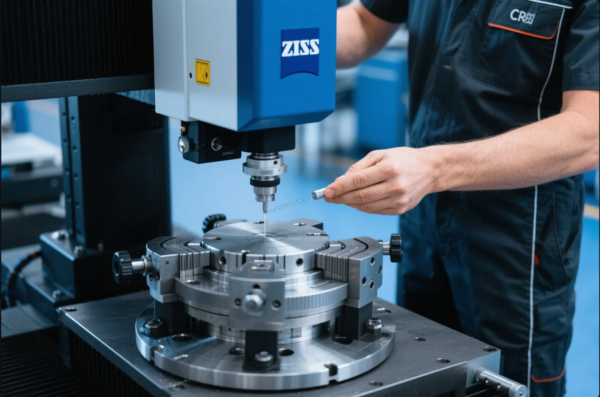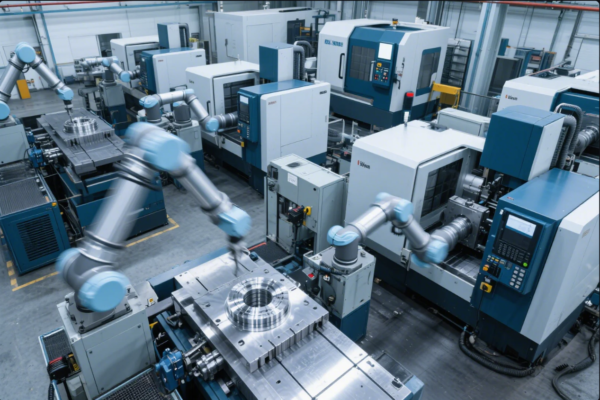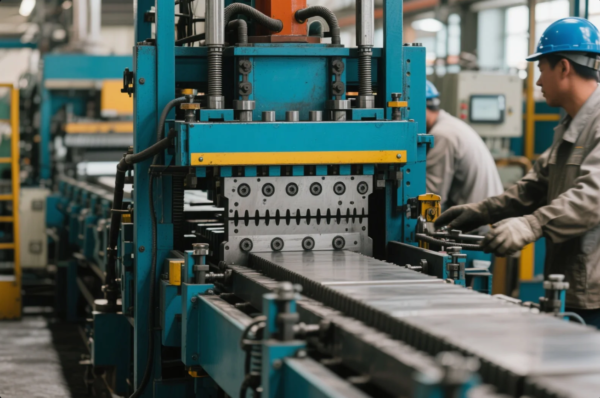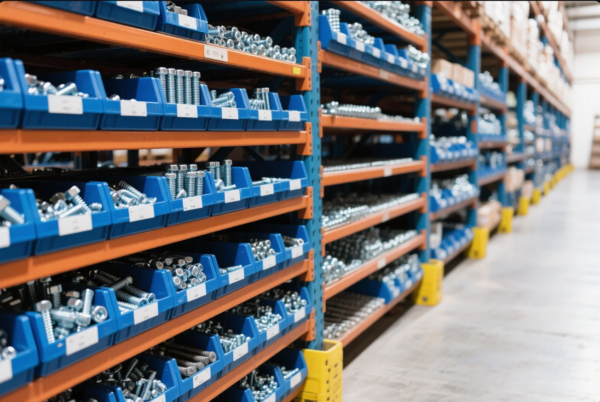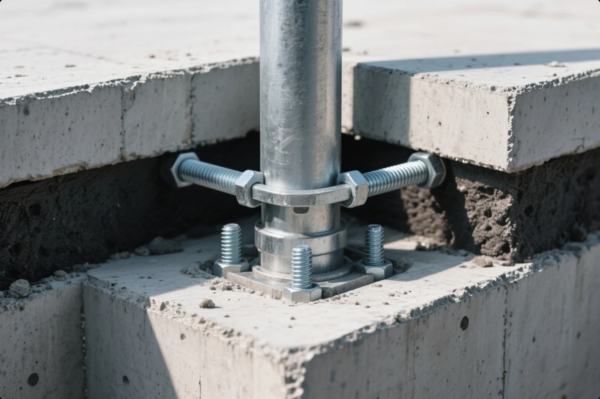What Are the 10 Parts of the Welding Process?

The welding process is a crucial part of many industries, from automotive to construction. Understanding the 10 parts of welding ensures you can perform quality work, improve safety, and avoid mistakes that might affect your product.
Snippet paragraph: The welding process consists of key parts that play a significant role in the strength and quality of the weld. Mastering these parts leads to better, more reliable welding results.
Transition paragraph: Let’s explore the 10 parts of the welding process and dive deeper into what each component involves.
What Is Welding Class 10?

Welding Class 10 refers to an advanced level of training or certification in welding. It typically covers more complex welding processes and techniques used in industries like aerospace, automotive, and construction.
Key skills taught in Welding Class 10:
- Advanced welding techniques: These include TIG welding, MIG welding, and flux-cored welding.
- Material selection: Understanding which materials are best suited for different welding processes.
- Weld inspection: Learning how to inspect and test welds to ensure their quality.
- Welding codes and standards: Knowledge of industry standards that dictate how welding should be performed.
This class is designed to prepare individuals for high-level welding tasks that require precision and adherence to safety standards. By completing Class 10, a welder becomes proficient in the more complex and advanced aspects of welding.
What Is the Welding Process 11?
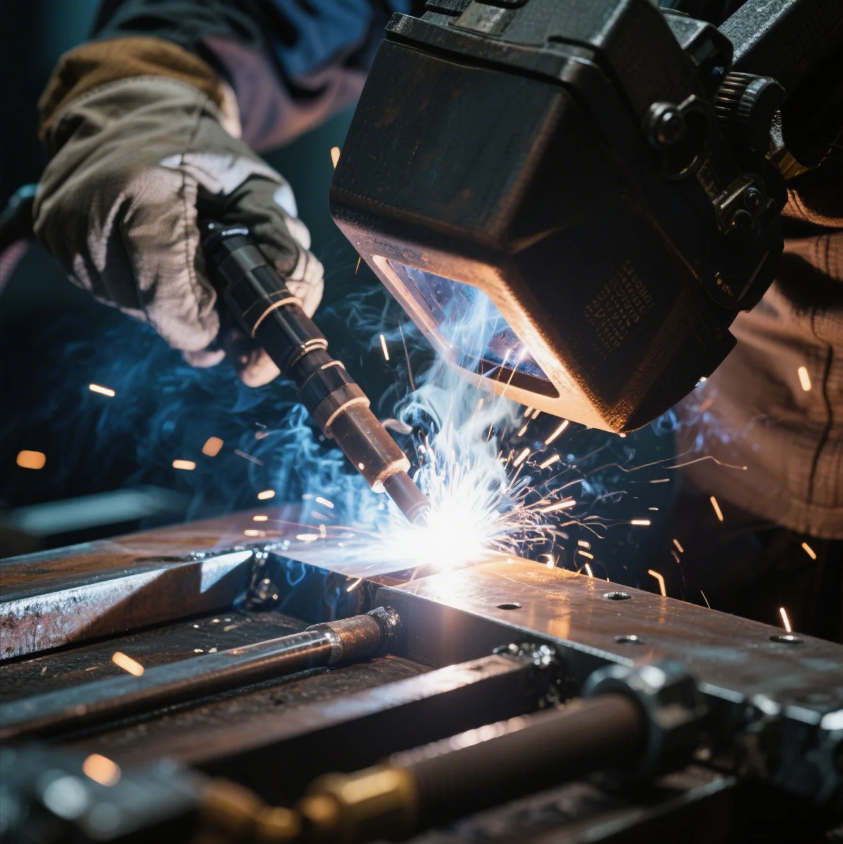
The welding process 11, commonly known as Submerged Arc Welding (SAW), is an automatic or semi-automatic welding technique used primarily for welding thick materials. It uses a continuously fed consumable electrode and a blanket of flux.
Features of Welding Process 11:
- High deposition rate: Suitable for thick material welding.
- Minimal spatter: The flux layer helps protect the weld pool, reducing spatter.
- Deep penetration: Ideal for materials that need strong penetration.
- Automatic operation: Often used in large-scale, industrial applications.
This process is primarily used for welding large structures, such as pipes, pressure vessels, and heavy equipment.
What Are the 10 PPE's Used in Welding?
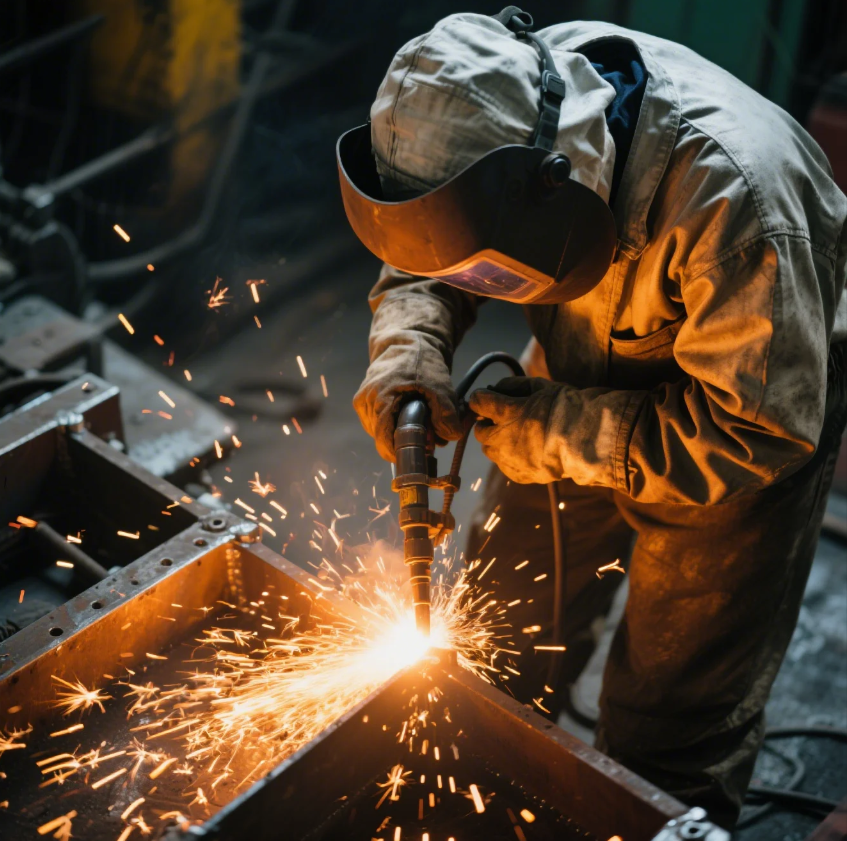
Welding involves high temperatures and risks from sparks, radiation, and toxic fumes. Therefore, Personal Protective Equipment (PPE) is essential to ensure the welder's safety.
The 10 essential PPEs used in welding:
- Welding helmet: Protects the eyes and face from sparks, ultraviolet radiation, and bright light.
- Gloves: Provides hand protection against heat and sharp edges.
- Welding jacket or apron: Protects the body from heat, sparks, and molten metal.
- Respirators or masks: Protects from inhaling toxic fumes and gases.
- Safety boots: Offers protection from heavy objects, molten metal, and sharp materials.
- Safety glasses: Protects the eyes from flying debris and ultraviolet radiation.
- Hearing protection: Reduces noise exposure from welding equipment.
- Arm sleeves: Protects arms from sparks and heat.
- Welding bibs or coveralls: Provides full-body protection from molten metal and heat.
- Face shields: Provides additional face protection from heat, debris, and flying objects.
Using these PPEs effectively ensures the welder's safety and prevents injury during the welding process.
What Is 1G, 2G, 3G, 4G, 5G, 6G Welding Position?
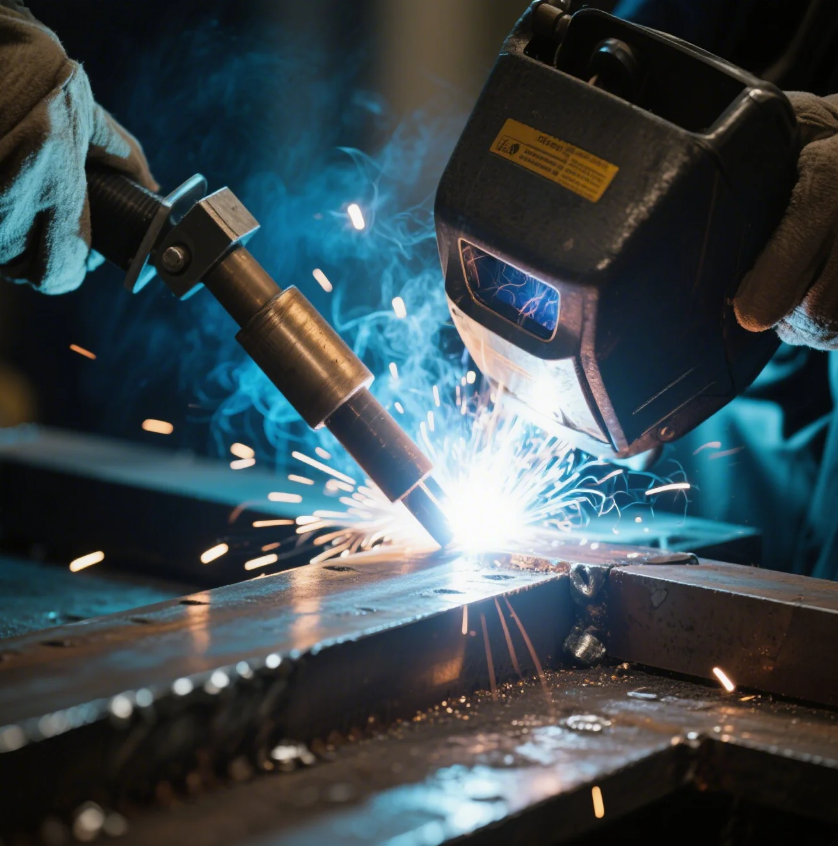
Welding positions are classified based on the orientation of the workpiece and the welder’s position during welding. These positions affect the technique, equipment, and skill required for the weld.
The six welding positions are:
- 1G (Flat Position): The workpiece is horizontal, and the welder welds from the top. This is the easiest position to weld.
- 2G (Horizontal Position): The workpiece is positioned vertically, and the welder welds from the side.
- 3G (Vertical Position): The workpiece is vertical, and the welder welds upwards. This position requires more skill to prevent the molten material from dripping.
- 4G (Overhead Position): The workpiece is above the welder, requiring them to weld while facing downward.
- 5G (Horizontal Fixed Position): The workpiece is fixed in a horizontal position, and the welder has to weld from a fixed angle.
- 6G (Pipe Welding Position): The workpiece is in a fixed, inclined position, often used for pipe welding. It combines multiple positions and requires a high skill level to execute properly.
Table: Welding Positions Overview
| Welding Position | Description | Skill Level | Common Applications |
|---|---|---|---|
| 1G (Flat) | Horizontal workpiece, easy weld | Beginner | General fabrication |
| 2G (Horizontal) | Vertical workpiece, side weld | Intermediate | Structural welding |
| 3G (Vertical) | Vertical weld, upward motion | Advanced | Pipe, structural welding |
| 4G (Overhead) | Welding below the workpiece | Advanced | Heavy-duty applications |
| 5G (Horizontal Fixed) | Fixed horizontal position | Advanced | Pipe and pressure vessel |
| 6G (Pipe) | Inclined, fixed pipe welding | Expert | Pipeline and pipe welding |
Conclusion
The welding process involves many critical parts that come together to create strong, durable welds. Whether you’re a beginner or advanced welder, understanding these key components helps you make better decisions and ensures the quality of your welds. At Prime, we offer high-quality welding parts, equipment, and expertise to meet your industrial needs. Contact us today for professional advice, quick delivery, and custom welding solutions.

